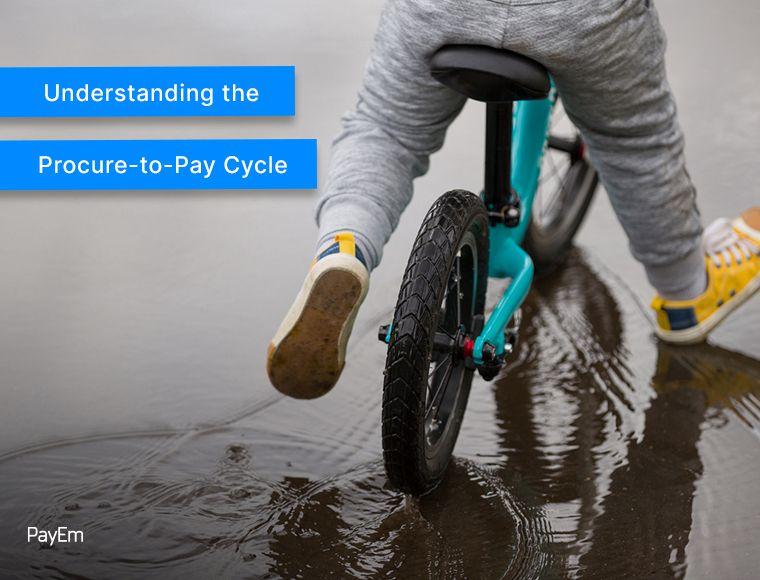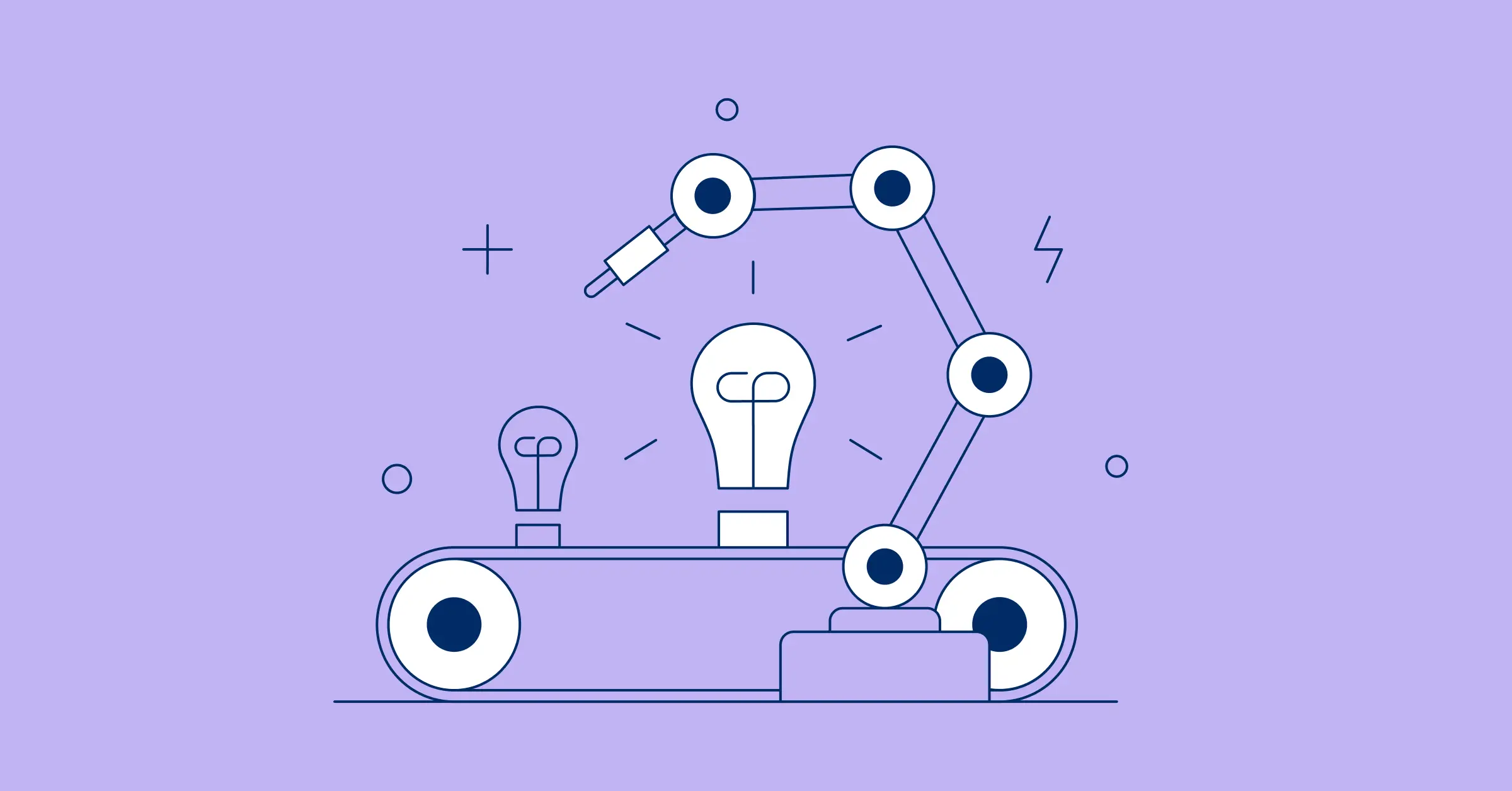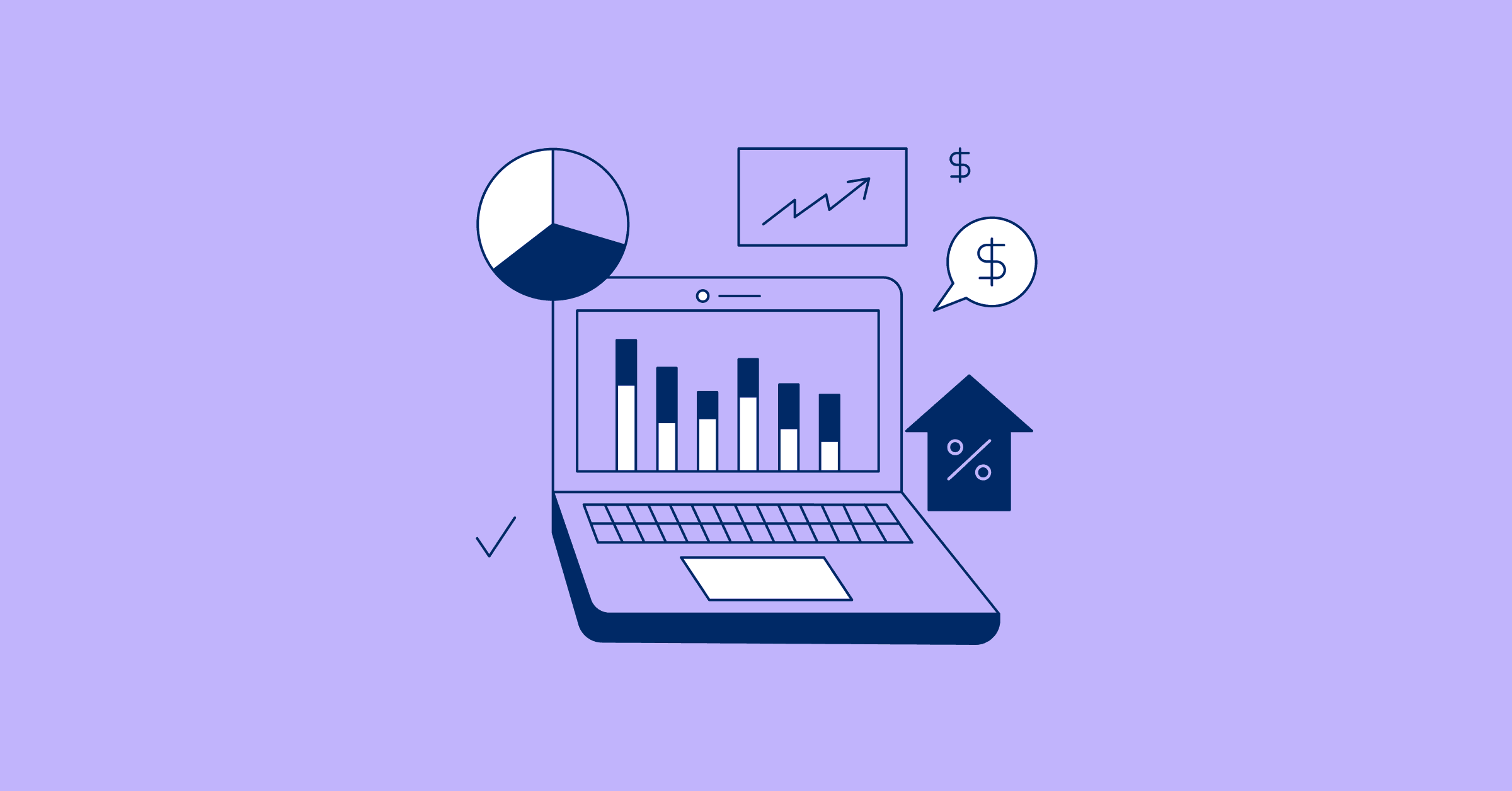November 03, 2022
Understanding the Procure-to-Pay Cycle

Sign up for our newsletter
Stay informed with the latest trends and best practices in finance and procurement.

The procure-to-pay process describes a transaction business workflow whereby products and services are acquired and paid for. The process involves requisition, purchasing, receiving, sending payment, and accounting for the procured goods and services. There are many moving parts involved in this process, and with multiple points of contact, payment methods, and products, it is imperative to have a reliable and accurate system in place. Through the development of an efficient and organized procure-to-pay process, business operations may undergo optimization.
This article will cover the following topics:
- What is Procure to Pay?
- What are the procure-to-pay steps?
- How does a business benefit from the P2P cycle?
- Are there challenges within the P2P process?
- How can a business streamline its P2P process?
What is Procure to Pay?
The procure-to-pay process is how a business manages the purchase and payment of goods and services. The entire workflow encompasses the ordering, receipt, payment, and accounting of goods and services. A procure-to-pay workflow organizes procurement by establishing a set system that an organization can follow to ensure a streamlined flow from start to finish.
What are the procure-to-pay steps?
The procure-to-pay process involves several different steps, outlined below:
- Identify Needs
- Requisition Creation & Approval
- PO Creation & Approval
- Receipt of Goods and Services
- Submission & Approval of Invoices
- Accounts Payable & Payments Sent
Identify Needs
The initial step in the procure-to-pay process is to identify the business needs. This is usually done with the assistance of various stakeholders who play an integral role in the organization’s functions.
Requisition Creation & Approval
Once the need has been identified, and the terms of references (TOR) established, a formal purchase requisition can be formed. The requisition creation occurs when a requestor submits a requisition form to procure goods and services.
The next stage of the procure-to-pay process involves the review of the purchase requisitions by the appropriate department heads. In the request-to-reconciliation process, once the requisition forms have been reviewed, they can be denied or approved based on the needs of the business.
PO Creation & Approval
After a purchase requisition has been approved, a purchase order will be created. The purchase order will be sent through an approval chain to guarantee that the specifications are accurate. Approved purchase orders are then sent to vendors for approval, and once approved, a contract will be generated.
Receipt of Goods & Services
At the next stage, the supplier will deliver the goods and services that the organization has requested. The products will be inspected to ensure that they are in keeping with the contract terms. The goods are approved or rejected based on preset standards outlined in the purchasing contract.
Invoice Submission & Approval
The next step in the procure-to-pay process involves the submission of the invoice by the vendor. If there aren’t any discrepancies between the purchase order, vendor invoice, and goods receipt, the invoice will be approved.
Vendor Payment/ Accounts Receivable
Once an approved invoice has been received, the finance department will process the payment. All payments are processed according to the contract terms. Any changes to the contract will be considered following the payment process. Payments can be completed in advance through partial payments, installments, final, or holdback or retention payments.
How does a business benefit from the P2P cycle?
The primary ways in which a business can benefit from the P2P cycle are through enhanced organization and greater efficiency. With an established P2P workflow, a company can better predict monthly expenditures, reduce costs, eliminate duplicate vendor payments, and gain greater visibility at each procurement stage. Additionally, an organization with an established P2P process can better guarantee on-time payments to vendors, thus improving vendor relationships.
Are there challenges within the P2P process?
When the procure-to-pay process is completed manually, some inherent challenges must be considered and overcome. Some of the most common challenges involved in manual P2P systems include the amount of time needed to sort through paper invoices, assign approvals to the appropriate departments, sift through requisition forms, and other similar time-consuming tasks.
An organization will need to consider such challenges related to the lack of visibility and transparency in the manual P2P process. Spend and purchase requisition status are difficult to monitor when following a paper trail. Considering the implementation of cloud-based software to streamline the P2P process is a worthwhile consideration for any organization seeking greater efficiency in their procure-to-pay process.
How can a business streamline its P2P process?
By far, the simplest method for streamlining the P2P process is via technology in the form of automation tools. Automation software is the single most effective solution. When considering procure to payment solutions, automation can best assist with increasing the efficiency of the procurement process while reducing the room for error associated with a manual P2P process.
Using procurement software to improve efficiency
Procure-to-pay software offers unparalleled simplicity in streamlining and fine-tuning a business’ procure-to-pay process.
Some of the tangible ways in which procurement software can enhance efficiency include:
- Reducing paperwork and eliminating paper trails
- Faster approvals for payment requests and POs
- Automating the management of invoices
PayEm’s procurement suite goes well beyond the typical P2P paradigm. As a result, the platform offers users control over the procurement process from request-to-reconciliation, otherwise known as R2R. Not only does R2R encompass all of P2P, but it also includes elements surrounding the initial PO request flow and end-phase payment and reconciliation. With that in mind, PayEm’s platform enables the following for VPs of Procurement, Finance, and more:
PayEm’s Procure to Pay Software Provides:
- Real-time data spend for enhanced visibility
- Automated approvals for a faster P2P cycle:
- Budget tracking and PO usage tracking
- Efficient payments according to the established PO budget
- Customized approval flow
- Direct in-platform communication to better manage employee requests
Enhance your company’s productivity and improve profitability with PayEm’s automation tools. PayEm is the leading procurement software that provides efficiency, organization, and visibility at every stage of the procurement process. Book a demo to learn more today!


